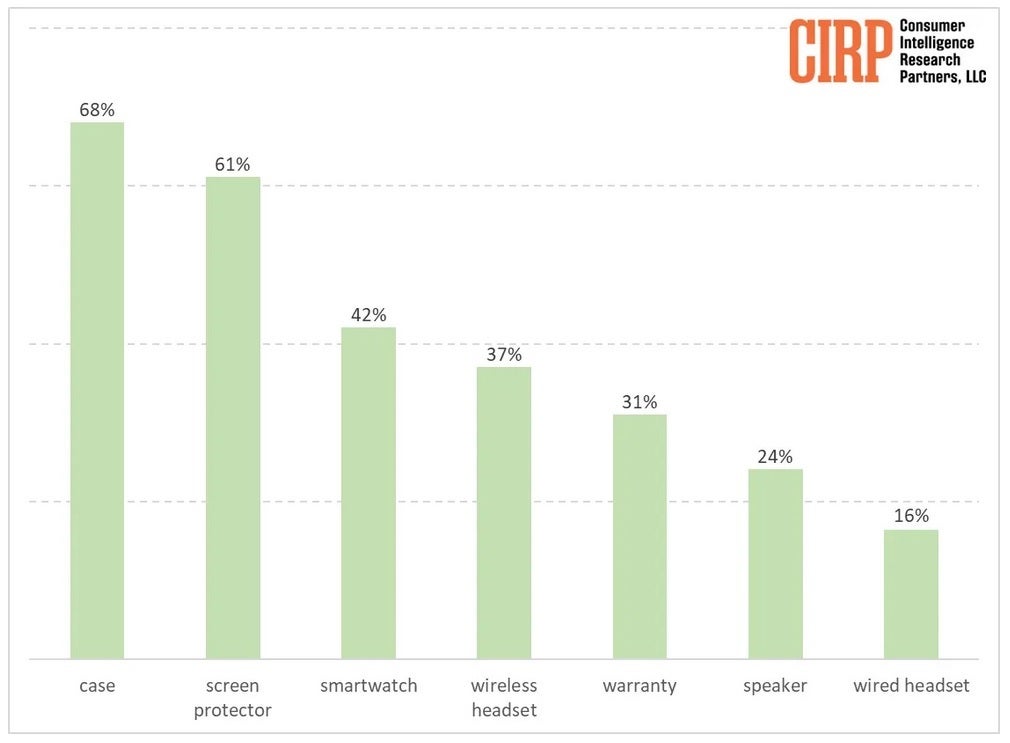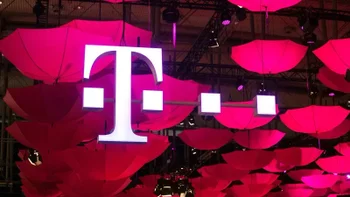Apple has a huge opportunity to improve its iPhone accessories business

There is more to iPhone ownership than just buying the phone and flashing the Apple logo in public. Consumers need to protect their pricey investment which explains why 70% of iPhone users purchase a case and 60% plaster a screen protector over the display on their iPhone. According to data from CIRP (Consumer Intelligence Research Partners, LLC), Apple has mixed feelings about selling cases to iPhone users.
Considering how Apple prides itself on its design prowess, it might get annoyed seeing iPhone owners putting their phones in a case. As CIRP so eloquently puts it, "So hiding a brand-new novel color iPhone in a case must seem a bit like putting plastic slip-covers on grandma's sofa." And considering this year's debut of a Titanium build for the iPhone 15 Pro models, many hoped to eschew using a case this year. However, Titanium, while stronger than stainless steel, tends to ding and get marked up.
70% of iPhone users buy a case, 60% purchase a screen protector
While 70% of iPhone users protect their device using a case, Apple itself has a very small share of the case market and only offers third-party screen protectors. CIRP says that this gives Apple an "attractive opportunity." Apple did introduce its new FineWoven cases this year but there have been several complaints that the material does not hold up after just a few uses.
If you're like me, you want protection from a case and this is an area where Apple could combine its design chops with its intimate knowledge of the iPhone to make a huge splash in this market. Meanwhile, check out our list of the best iPhone 15 and iPhone 15 Pro Max cases you can buy right now!

70% of iPhone users purchase a case for the device giving Apple a golden opportunity
After the case and screen protector, the next iPhone accessory in demand is the smartwatch as 42% of iPhone users have a connected timepiece on their wrist. Considering the success of the Apple Watch, the world's most popular watch, there isn't much for Apple to do here or with the AirPods which are the most popular wireless earbuds. Yet, only 37% of iPhone users own a wireless headset (which includes earbuds) which means that Apple might be able to increase the penetration of the two wearables, but how? Pricing might be one option to consider if Apple wants to get more iPhone users to buy an Apple Watch or AirPods.
Not that Apple would ever do this, but look at how Google included a free Pixel Watch with Pixel 8 Pro pre-orders and a handed a free pair of its Pixel Buds Pro true wireless earbuds to those who pre-ordered the iPixel 8. This is a smart ploy by Google because it gets Pixel users deeper into the Pixel ecosystem. While Apple feels that it doesn't need incentives to sell the iPhone, it should be looking at ways to lock more iPhone users into the Apple ecosystem which should help its fast-growing Services unit.
For some iPhone buyers, the handset is the most expensive purchase they make every year
Only 31% of iPhone users buy a warranty for their handset. AppleCare+ is the insurance program offered by Apple and AppleCare+ with Theft and Loss will replace a stolen or lost iPhone. Apple has promoted AppleCare+ but might need to do more to raise the percentage of iPhone users who purchase it.
24% of iPhone users buy a smart speaker and Apple's own entry in the market is the HomePod. Frankly, this number sounds higher than I might have expected and Apple has other accessories, like the ones we've already discussed, that it should focus on. The last accessory in CIRP's chart is wired headsets which 16% of iPhone users own. The only advantage that these have over AirPods is the price. Apple use to give away a pair with the iPhone but these days when you buy a new handset from Apple, you're lucky that there is a phone in the box.
The bottom line is that Apple needs to understand that after spending big bucks for an iPhone, many consumers don't have the financial wherewithal to add some of the aforementioned accessories. Which takes us back to our premise that lowering prices or offering phone/accessory bundles at sweetheart prices could help Apple in the long run.
Follow us on Google News









![A new Android bug is making it impossible to install new apps. Are you affected? [UPDATE]](https://m-cdn.phonearena.com/images/article/176703-wide-two_350/A-new-Android-bug-is-making-it-impossible-to-install-new-apps.-Are-you-affected-UPDATE.webp)

Things that are NOT allowed:
To help keep our community safe and free from spam, we apply temporary limits to newly created accounts: